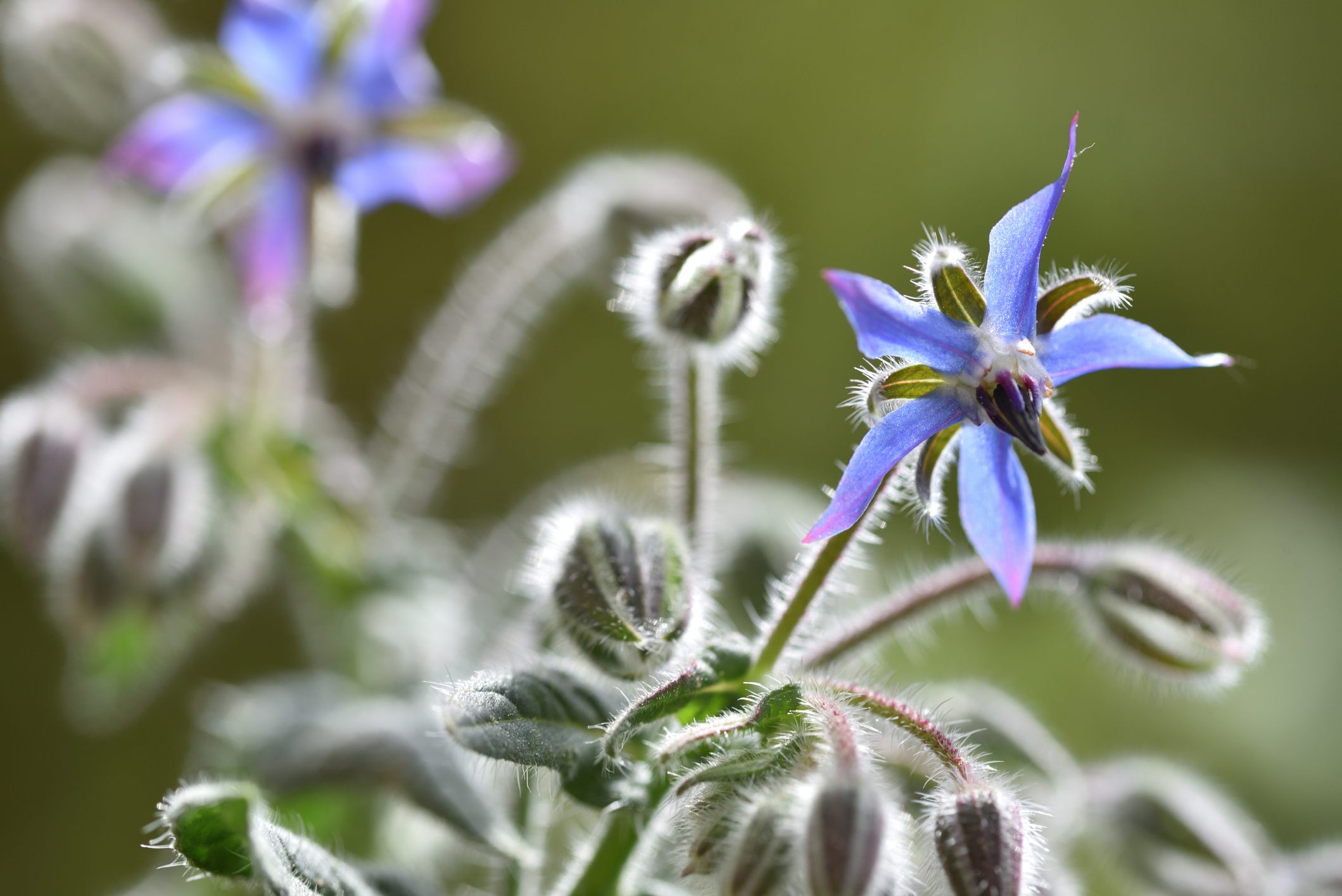Unusual and Fascinating Herbs to Plant This Spring
Sow some wonder in your garden beds.
THIS ARTICLE IS ADAPTED FROM THE FEBRUARY 10, 2024, EDITION OF GASTRO OBSCURA’S FAVORITE THINGS NEWSLETTER. YOU CAN SIGN UP HERE.
This might be hard to believe, but, according to the calendar, spring isn’t far away. The signs are there: I saw a solitary daffodil blooming the other day, the sun is staying up longer, and my local hardware store has started rolling out racks of seed packets.
This spring, I’ve decided I will plant lots of herbs. I feel rich when I have access to infinite quantities of sweet basil and parsley. But along with those two standbys, I’m going to buy seeds for some fascinating herb varieties that would be harder to find in my local grocery store. By the summer, I hope to harvest fistfuls of blue-flowered borage and spicy daun kesum. Here are some of the culinary herbs I’m planning to plant this year and why I think they’re awesome.

Daun Kesum
Daun kesum (also known as Vietnamese mint and hot mint) goes by many names, indicative of how beloved it is across Southeast Asia. It’s not actually a member of the mint family, but it does have a green, even citrusy flavor. It also has a peppery, “hot” aftertaste.
Daun kesum is an essential ingredient for laksa, a rich noodle soup that’s a staple in Indonesia, Malaysia, and Singapore. The best way to grow this plant is to buy a bundle at an Asian market, pop the stems in water, then plant them in soil once you see roots.
Learn more.
Reyhan
The cuisine of Iran revolves around herbs. Meals are often accompanied by a whole platter-full of aromatic greenery, which is called sabzi khordan. Said platter can contain mint, cilantro, parsley, basil, chives, tarragon, and a number of other ingredients.
There are distinct local varieties of many of these herbs. For example, reyhan, or Persian basil, can have a distinct purple tinge to its leaves and flowers, along with a strong lemon and spice scent. You can use your basil to make stews or salads, or wait to harvest the seeds and make a sweet, traditional drink.
Buy seeds.

Costmary
Costmary rivals daum kesum for how many names it has. It was also called “alecost” when medieval Europeans used it to give their brews an herbal flavor, prior to the adoption of hops. Costmary is a member of the aster family, and its blooms emerge as small yellow flowers.
Many herb guides note that costmary was also known as “Bible leaf,” since its strong smell (reminiscent of balsam) was once used by Americans to mark pages in Bibles and protect the books from pests. The young leaves can be eaten in salad, or added to drinks for a lemony, herbal taste.
Buy seeds.
Besobela
The Ocimum basilicum species includes the standard sweet basil used in Italian cooking and the reyhan basil mentioned above. But members of other species are also sometimes called basil. For example, there’s Ocimum tenuiflorum, or holy basil. Traditionally considered a sacred plant to Hindus, it is also used across the world for cooking, due to its fragrant, clove-like flavor.
There are many varieties, but one of interest is besobela, or Ethiopian holy basil. Besobela, which still grows wild as well as in gardens, is an ingredient in one of the building blocks of Ethiopian cuisine, niter kibbeh, an herb-infused clarified butter. It’s also described as having a fruity, clove-like scent and flavor. Dried besobela often includes the dried purple flowers of the plant.
Buy seeds.

Borage
A few weeks ago, I made an old-timey mixed drink called a champagne cup. The oldest recipes for this drink call for a sprig of borage as a flavoring. Not only is borage a pretty plant with blue flowers, but it tastes remarkably like cucumber. For centuries, it was added to drinks to impart a cool, refreshing flavor.
Oxford Night Caps, the oldest book on mixed drinks in the English language, cites several medical texts about borage’s health benefits, such as its supposed ability to “expel pensiveness and melancholy.” It’s a traditional garnish for a Pimm’s Cup, though many people use a slice of much-more accessible cucumber instead.
Buy seeds.
Gastro Obscura covers the world’s most wondrous food and drink.
Sign up for our email, delivered twice a week.


























Follow us on Twitter to get the latest on the world's hidden wonders.
Like us on Facebook to get the latest on the world's hidden wonders.
Follow us on Twitter Like us on Facebook